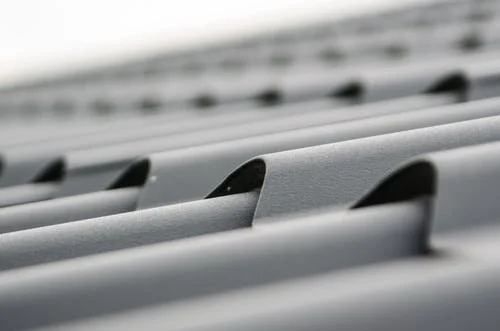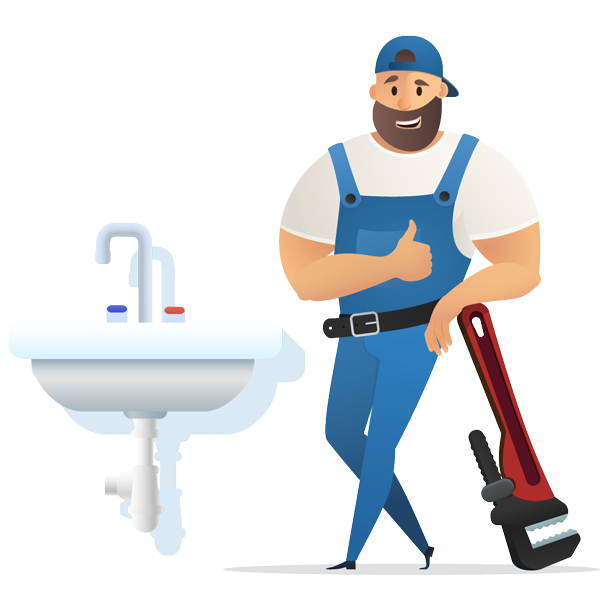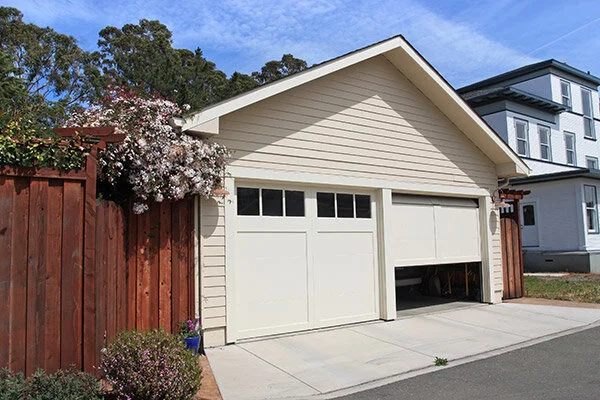When you come across a critical plumbing problem, how do you try to resolve it? By contacting a plumber, or you try to implement a DIY plumbing solution to overcome it? Well, in the first place, you shouldn’t consider applying any plumbing remedies that you randomly found over the internet. Because most of these plumbing hacks are not verified and can lead to severe plumbing issues, which can be difficult to get rid of. You might even end up replacing the pre-installed plumbing units for using an inappropriate solution.
Due to inadequate cleaning and maintenance, dust, grime, and mold start to get accumulated in the plumbing system over time. And, this is the primary reason why leakages in the plumbing units are most likely to be noticed. Sometimes, detecting a minor plumbing problem becomes difficult, especially when you intervene in the matter without having adequate knowledge or experience.
So, we would highly recommend scheduling an appointment with the plumbers to acknowledge the root cause of the problem. Moreover, when it comes to providing the ultimate solution, only a professional can help you out.
A high-functioning water and drainage system is one of the essential requirements of the homeowners. So, instead of spending money on unwanted repair expenses, make sure you have hired a veteran plumber — it won’t break your bank. Here, we are debunking some of the most common plumbing myths that cause several unanticipated problems.
1.Without a Plunger, the Toilet Bowl Can’t Be Unclogged
Yes! You have already heard about this plumbing myth, right? Undoubtedly, plungers are considered to be one of the most effective plumbing tools that aid in de-clogging the toilet bowls. But, when it comes to eliminating severely clogged items, a plunger won’t be helpful.
In certain circumstances, start finding plunger alternatives are required. Consider adding a claw tool, and it’s one of the best bathroom accessories that carefully extracts the heavier objects that have accidentally fallen in the toilet bowl.
Additionally, few other unclogging methods can provide inevitable results to the homeowners. Here, we are compiling a list of plunger alternatives that can dislodge the blockages easily
The mixture of water and dishwashing liquid or soap
Vinegar and baking soda solution
Drain Snake
Create water pressure using plastic bottles
Squirt Gun Toilet Drainer
Epsom Salt
Wire Hanger
A Toilet Brush
And, a bucket of warm water can break up the clogged items efficiently.
Still unable to unclog the blockage of the toilet bowl? Then, don’t delay in reaching out to an experienced plumber Dubai for an immediate solution.
2.Chemical Drain Cleaners are Ideal Disinfectant
Obviously, it is! But these sorts of cleaning products can be the potential reason behind the damage to the plumbing units. Moreover, chemical drain cleaners are not environment-friendly, and it releases harmful fumes which can cause skin irritation and respiratory problems. Though these disinfectants come at an affordable price, you have to spend a lot of money on repair, maintenance, and replacement after using them.
Despite using drain cleaners, start applying the mixture of vinegar and baking soda; it’s one of the most effective home remedies. By using this solution, you can not only disinfect the disposal, but it also alleviates the unusual odor from the bathroom.
3.Disposing Wet Wipes Won’t Cause a Problem
You might have unknowingly or knowingly disposed of flushable wipes down the toilet, but it's worth mentioning that you should immediately stop doing that. Because, due to wet wipe disposal, the drainage system gets blocked. Don’t forget to check the details of these products, which showcases the extent of their dissolution.
Instead of throwing up paper towels, hygiene products, and other seemingly flushable products in the toilet bowl, simply place them in the garbage bin. Start practicing this habit from today to prevent unwanted plumbing problems.
4.Everything can Go Down the Drains
Drain blockages take time to occur. There might be infallible problems that can lurk inside the drainage system, which sometimes become difficult to determine. Over time, wet wipes, inappropriate food items, and cat litter start to build up inside the drain pipes, leading to clogs and damage. And, these objects might seem to pass through the drain pipes easily, but in reality, it blocks the path of the pipes. So, we would highly suggest stopping believing in this plumbing myth to prevent the clog and keep the drains damage-free.
5.Most Plumbing Fixes Don’t Require Professional Involvement
This statement is mostly made by those homeowners who have ended up calling plumbers to deal with the out-of-control plumbing situation. And, such a statement is completely false, so don’t fall for this specific plumbing myth. Without the intervention of a plumber, nowadays, it is impossible to either install, repair, or replace the required plumbing units. When it comes to resolving a plumbing issue, you can never solve it without the necessary tools and equipment.
Over the years, an upsurge in booking plumbing services has been noticed across the country. Because these plumbers can easily tackle a wide range of tasks with their expertise and extensive plumbing skills. Always consult with a reliable and knowledgeable plumber before taking any further action.
6.Placing a Brick inside the Toilet Tank can Conserve the Water
Water conservation is necessary, but that doesn't necessarily mean you have to apply improper techniques to achieve that. Moreover, there are plenty of ways by which you can prevent the unwanted wastage of water from the toilet tanks or faucets. But, putting a brick inside the toilet tank is not the best solution to save water. If the water pressure suddenly increases, it might break apart the brick and damage the tank’s internal components. So, don’t try this plumbing hack; it’s absolutely not suitable!
7.A Dripping Faucet Requires Less Attention
This is by far one of the most problematic home plumbing myths that you can come across. Due to faucet leakage, you can end up losing almost 10,000 liters of water a day. Based on the extent of the damage, you might even waste more gallons of water. So, in a nutshell, it can be stated that a leaky faucet requires immediate attention, so contact a professional plumber to fix the problem. Save water, money, and monthly utility bills by just taking proper action.
8.Cleaning Plumbing Fixtures with Hand Soap won’t Damage it
Depending on the type of plumbing accessories you have, hand soap can damage those. These hand soaps contain chemicals that can adversely impact the plumbing materials. Do you have brass plumbing fixtures in the bathroom? Then, instead of using inappropriate cleaning products, consider cleaning them with lemon and baking soda. However, for toilet bowl cleaning, use the mixture of vinegar and baking soda; that’s an effective way to eliminate the odor and bacterial growth. Prevent unwanted bacterial infections by just following these cleaning rules.
9.Turn off the Tap Handle Tight — It’s Essential!
It may seem like one of the best practices avoiding the faucet from dripping continuously, but turning off the tap handle with excessive pressure can damage it. Moreover, when the faucet is already dripping, these sorts of plumbing myths will bring additional plumbing problems and increase repair costs.
10.Water and Soap Mixture will make the Bathroom Fixtures Clean
Do you leave the soap bubbles at the sink after washing hands? Wait! Hold on! If you do so, then you should immediately stop doing that. The water and the soap mixture can corrode the bathroom fixtures. Simply consider rinsing out these substances within a minute to prevent such a critical plumbing problem. Increase the longevity of the bathroom fixtures by just taking further recommendations from an expert.
Acknowledge, Learn and Adapt the Right Plumbing Strategy:
That’s not the end! There are a few more plumbing myths that can be life-threatening for homeowners. You might have heard that plumbing fixtures can sustain for years without any sort of maintenance. But, in reality, without plumbing unit maintenance, you can never avoid the major-minor issues.
Furthermore, don’t put lemons on the disposal, though it creates a fresh aroma containing citric acid. And, we all know that citric acid can corrode the metal inside the disposal. So, stop using such plumbing remedies and stop degrading the condition of the plumbing system.
Guest Contributor: Biler Charlie











